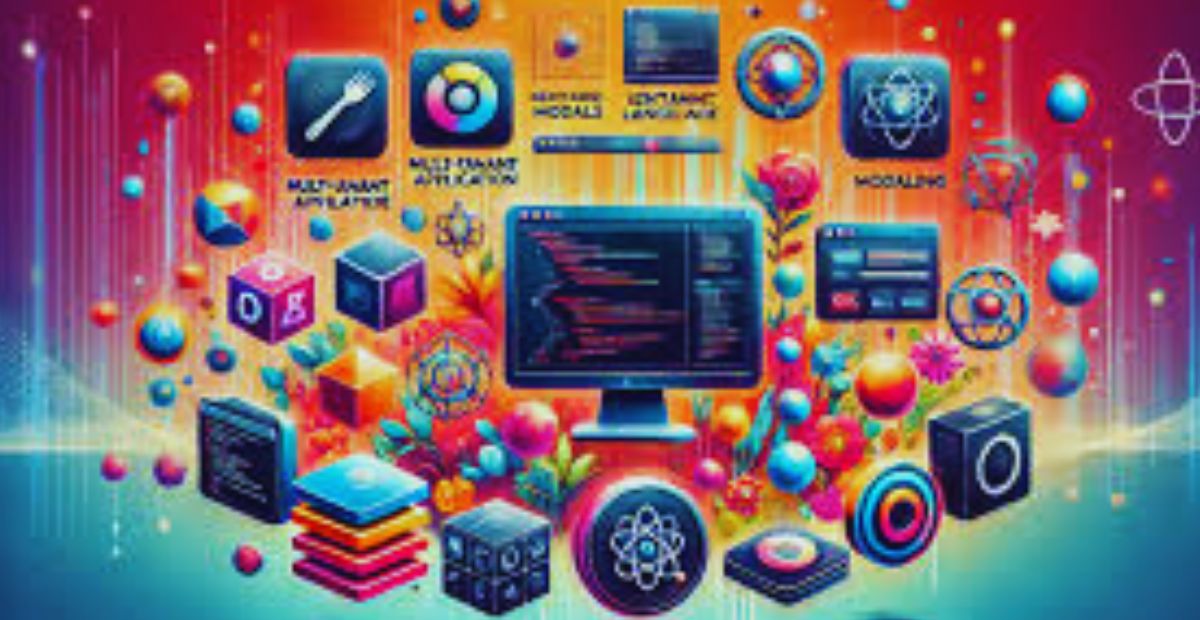In the rapidly evolving field of artificial intelligence, open-source tools have become indispensable for developers, researchers, and organizations alike. These tools provide powerful capabilities without the hefty price tag of commercial solutions. Open-source AI tools also promote innovation, transparency, and community collaboration. Whether you’re a beginner or a seasoned professional, knowing the right tools can significantly enhance your AI journey. Here are the top 7 open-source AI tools you should know about in 2025.
1. TensorFlow
Developer: Google Brain
Use Case: Machine learning and deep learning model development
TensorFlow is one of the most widely used open-source frameworks for machine learning and deep learning. It supports a variety of tasks, from image and speech recognition to natural language processing (NLP). TensorFlow’s flexible architecture allows you to deploy computations across CPUs, GPUs, and TPUs, making it ideal for both research and production.
Why It’s Popular:
- Scalable across multiple platforms
- Active community support
- Extensive documentation and tutorials
2. PyTorch
Developer: Meta AI
Use Case: Research and production of AI models
PyTorch has become the preferred framework for academic research thanks to its simplicity and dynamic computation graph. It supports tensor computation with strong GPU acceleration and is especially popular for deep learning and NLP applications.
Why It’s Popular:
- Intuitive and Pythonic syntax
- Strong support for custom model development
- Extensive pre-trained models via
torchvisionandtransformers
3. Keras
Developer: Initially independent, now part of TensorFlow
Use Case: High-level neural network API
Keras simplifies building deep learning models by providing a clean and easy-to-use API. It acts as a wrapper for TensorFlow and is ideal for beginners in AI who want to build and train models without diving too deep into complex math.
Why It’s Popular:
- User-friendly interface
- Easy to prototype models
- Integrates seamlessly with TensorFlow
4. Hugging Face Transformers
Developer: Hugging Face
Use Case: Natural language processing
Hugging Face has revolutionized the NLP landscape by providing a hub of pre-trained models such as BERT, GPT, RoBERTa, and more. Its transformers library allows users to integrate state-of-the-art language models with just a few lines of code.
Why It’s Popular:
- Pre-trained models for quick deployment
- Supports multiple frameworks (TensorFlow and PyTorch)
- Frequent updates and community support
5. Scikit-learn
Developer: Community-driven
Use Case: Classical machine learning
Scikit-learn is a foundational tool for building classical machine learning models like decision trees, support vector machines, and k-nearest neighbors. It is built on top of NumPy, SciPy, and matplotlib.
Why It’s Popular:
- Simple and efficient for data mining and analysis
- Wide range of algorithms
- Well-documented and easy to integrate into projects
6. OpenCV
Developer: Intel and open-source community
Use Case: Computer vision
OpenCV (Open Source Computer Vision Library) is a real-time computer vision library. It provides tools for image processing, object detection, face recognition, and more. It’s extensively used in robotics, surveillance, and augmented reality.
Why It’s Popular:
- Supports multiple programming languages
- Highly optimized for performance
- Excellent for real-time applications
7. MLflow
Developer: Databricks
Use Case: Machine learning lifecycle management
MLflow is an open-source platform designed to manage the complete machine learning lifecycle, including experimentation, reproducibility, and deployment. It helps track experiments, package code into reproducible runs, and deploy models quickly.
Why It’s Popular:
- Tracks model metrics and parameters
- Integrates with popular ML libraries
- Supports model versioning and deployment
Final Thoughts
Open-source AI tools are democratizing access to cutting-edge technology, enabling individuals and organizations to innovate without large budgets. The tools listed above not only support a variety of tasks but also foster a vibrant community of developers and researchers. Whether you’re building a chatbot, analyzing images, or creating predictive models, leveraging these tools can accelerate your development process and enhance your AI capabilities.
